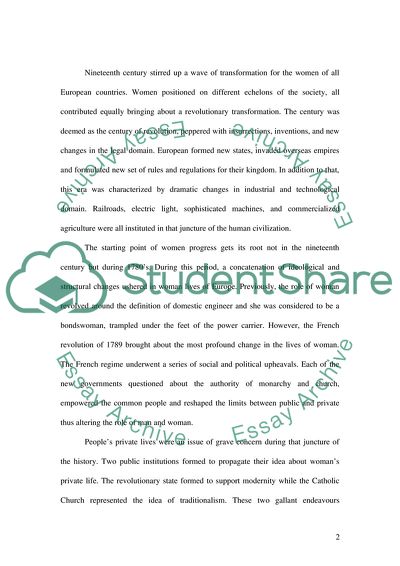Cite this document
(Nineteenth-Century: A Period of Progress for Women in Europe Coursework, n.d.)
Nineteenth-Century: A Period of Progress for Women in Europe Coursework. https://studentshare.org/history/1725819-contemporary-europe-and-the-world
Nineteenth-Century: A Period of Progress for Women in Europe Coursework. https://studentshare.org/history/1725819-contemporary-europe-and-the-world
(Nineteenth-Century: A Period of Progress for Women in Europe Coursework)
Nineteenth-Century: A Period of Progress for Women in Europe Coursework. https://studentshare.org/history/1725819-contemporary-europe-and-the-world.
Nineteenth-Century: A Period of Progress for Women in Europe Coursework. https://studentshare.org/history/1725819-contemporary-europe-and-the-world.
“Nineteenth-Century: A Period of Progress for Women in Europe Coursework”. https://studentshare.org/history/1725819-contemporary-europe-and-the-world.


